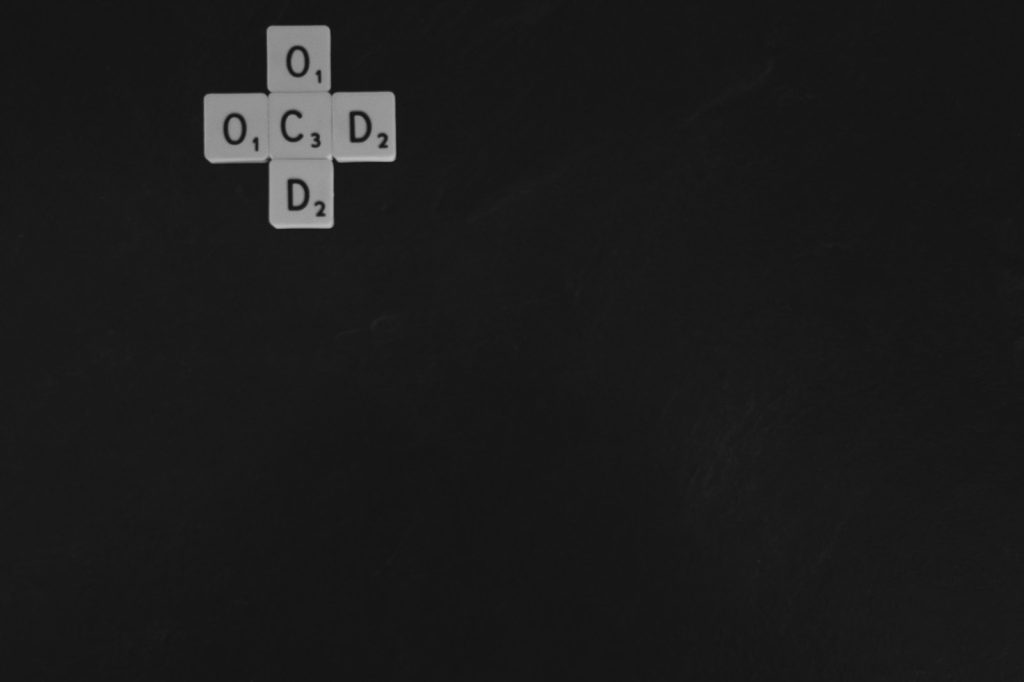When people hear about Obsessive Compulsive Disorder, or OCD, they often picture someone who likes things neat. But OCD is much more than that. It is a condition where thoughts and actions get stuck on repeat. The mind keeps throwing up worries, and the body feels forced to respond with rituals. For the individual, it can feel endless. For families, it can feel confusing and draining.

Take a simple example. Someone worries about germs. They wash their hands once. The thought comes back – “not clean enough.” They wash again. Relief comes for a minute, then the worry is back. Another person may check if the gas is off ten times before leaving the house. They know it is off, but doubt creeps in again. That is the cycle.
How It Touches Everyday Life
OCD doesn’t just take up time. It chips away at confidence. Imagine being late to work every day because you cannot leave until the locks are checked over and over. Or imagine trying to cook a meal while feeling the need to wash your hands after touching every single utensil.
Families live through this, too. Parents may stand by helplessly, waiting for rituals to end. A partner may answer the same reassurance question repeatedly, even though they know it won’t calm the worry for long. Over time, frustration and guilt build on both sides.
Why Past Treatments Fell Short
Earlier treatment often placed blame on the individual. “Just stop washing.” “Don’t check again.” But willpower alone rarely works, because the anxiety feels unbearable. This approach left many people feeling weak and misunderstood.
As research grew, it became clear that OCD is not about stubborn habits. It is about how the brain processes fear and doubt. Once this shift happened, therapy moved away from punishment or force and towards structured support.
Modern Approaches That Make a Difference
Today, treatments are more compassionate and evidence-based. They combine therapy, sometimes medication, and family support. The goal is not only to reduce compulsions but also to change how the mind responds to intrusive thoughts.
| Approach | What It Involves |
| CBT with ERP | Facing fears step by step while resisting rituals |
| Medication (when prescribed) | Helps reduce intensity of thoughts and urges |
| Family Guidance | Teaching loved ones how not to reinforce rituals |
| Peer or Group Support | Sharing experiences with others facing similar struggles |
| Online and Hybrid Care | Reaching those who cannot attend clinics easily |
The Role of Mental Health Professionals
This is where mental health professionals step in. They look at each case differently. Some individuals need more exposure therapy. Others respond better when medication is added to therapy. The professional’s role is to balance these, track progress, and adjust along the way.
Families often say that having a clinician explain OCD to them changes everything. For example, once they realise that giving constant reassurance can make compulsions worse, they understand why they need to respond differently. Instead of joining the ritual, they learn to step back and encourage the individual to tolerate the discomfort.
How Families Are Drawn In
OCD pulls families into its orbit. A child may need their parent to check school bags repeatedly. A partner may be asked to confirm the door is locked again and again. While it feels kind to help, it usually strengthens the cycle.
That is why family sessions are part of modern treatment. They provide:
- Clear education on OCD patterns.
- Practical ways to set boundaries.
- Guidance on caring for themselves too.
When families change their responses, the home environment becomes less stressful for everyone.
Small Tools That Help in Daily Life
Therapy often includes practical steps that can be used at home:
- Routine building: keeping a predictable schedule leaves less space for rituals.
- Exposure tasks: like touching a feared object without carrying out the compulsion.
- Trigger notes: writing down when obsessions strike helps spot patterns.
- Agreements at home: for example, limiting reassurance questions to once.
- Coping cards: short reminders of therapy lessons to read during high anxiety.
Progress here is not measured by perfection but by small changes. Skipping one ritual counts as a win.
The Cycle Explained
The loop looks like this:
Intrusive thought → Anxiety → Compulsion → Short relief → Thought returns.
The compulsion brings comfort for a moment, but it feeds the cycle.
ERP therapy tries to cut this loop. For instance, if someone feels they must wash after touching a doorknob, ERP would encourage touching the knob and resisting the urge to wash. The anxiety spikes, then slowly falls. Over time, the brain learns that nothing terrible happens even without the ritual.
Families help by refusing to join the ritual. Instead of checking the knob themselves, they might say, “I believe you can handle this.” It feels tough at first, but it builds long-term progress.
Comparing Past and Present
| Past Views | Modern Views |
| OCD seen as bad habits | OCD recognised as a condition involving thoughts and behaviours |
| Families kept out of therapy | Families included in treatment |
| Limited awareness | Broader education and reduced stigma |
| Clinic visits only | Access now includes online and hybrid models |
Why Hope Is Central
One of the most powerful shifts in modern care is the focus on hope. Individuals are shown that while OCD may not vanish completely, life can still be fulfilling. Families learn that their support truly matters.
Centres like Sukoon Health in India highlight this change. By combining clinical expertise with compassion, they remind people that OCD does not have to dictate every part of life.
Final Thoughts
OCD is not just about habits. It is about how fear, doubt, and rituals feed into each other. Breaking the cycle takes work, but it is possible. With support from mental health professionals, small steps can lead to meaningful change.
For the individual, it may mean resisting one compulsion today. For the family, it may mean listening without joining the ritual. Progress may feel slow, but it adds up.
OCD might feel powerful, but it is not unbeatable. With modern approaches and the right guidance, individuals and their loved ones can find a path to relief and hope.



